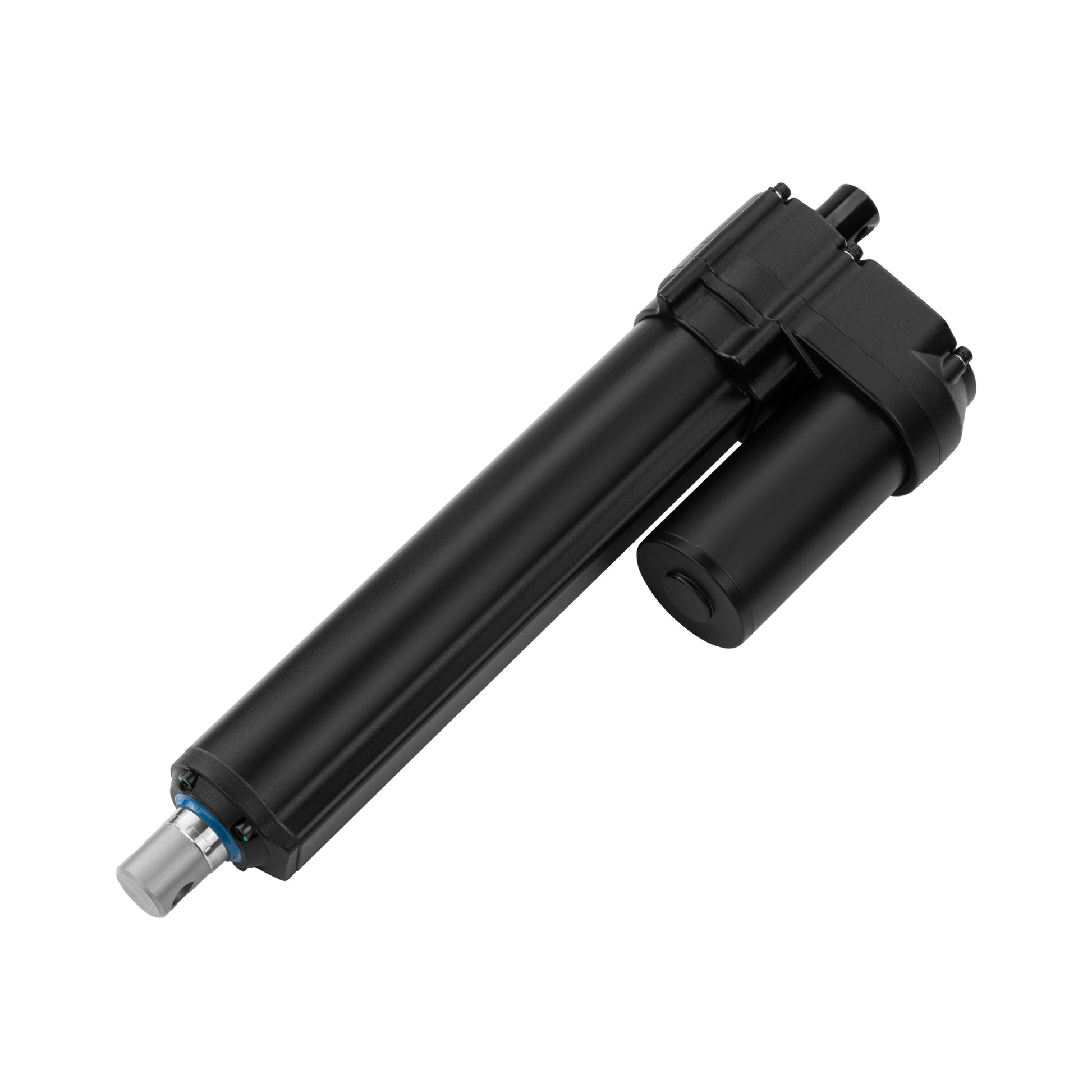Almost
I am almost done setting up the solar, but it may still be a week or two away. The timing depends upon me perhaps needing more parts.
I still have 4 solar panels kinda propped up but producing up to 1600 watts of power and still using only 2 of my 3 batteries. I had the time to try to mount the last 4 panels and finally came up with a solution. Rather than spend hundreds of dollars on metal angle stuff or expensive wood, I tested the angle of the roof on my garage canopy. These are things I buy at Costco for perhaps $300 each (I don’t remember the actual cost). They are a heavy frame with a roof and side panels. Those panels are a woven plastic and last a couple of years here. However the frame is still good. The slope of the roof is close to the lowest angle I need to point my panels to.
So, since I have one without a roof or side panels and have no other need for it at the moment I put it to use. I removed the 8 vertical poles that hold the roof up and now that empty roof frame sits on the ground. SImulating a roof mount, I will lay the panels against what would normally be a roof. The tops will be attached near the peak of the roof with a U fastener which would allow them to swing back and forth. I will attach the bootom of the panels to a strut (Heavy duty U channel). That will allow the panel bottoms to all be raised up but when lowered, they will come back t othis default angle and no lower. I have some linear actuators which are little pistons and by supplying 12 volts DC (like from a car battery) they will raise or lower the bottom of the panels while the panels pivit on the bar up top. Thus I can adjust the angle the panels raise to take advantage of the suns position during the seasons.

Once I have the last panels mounted and it works, I can do the same thing for the first 4 panels.
As for the general panel connections, I am currently connected to the 4 panels and the second set will be behind the first. This allows me to get the tractor into the side yard without having the panels completely block access. Because of that I will have t oeither buy a solar jumper wire (extension) or cut one of the existing wires to make that jumper. That is because the two sets of panels are far enough apart that the last panels wire won’t reach the second set. I’ll put that jumper in a conduit as it will be on the ground and had hundreds of volts in the wire.
I ran a ground wire in the conduit to the house but need to ground all the panels together. If I was not connected to the grid via my main electric breaker panel, that ground would only go to the solar controller. However I have to conenct that ground to the main circuit panel at the house in my case. Although the solar cable is a hot and neutral (similar to what you have in the house with an electrical outlet), this ground wire must only be connected to the neutral at the main panel (whether your solar controller or the main panel). This ground is used to trip circuit breakers and protect you and the equipment. My conduit will also have a yellow/black tape on it to show caution. I am using the standard grey PVC conduit used for electric and not thw white PVC used for water.
I will move the yet unused server rack to the outside (under the overhang) and ground that rack also. To move the three batteries into the rack I need to make sure that I have battery cables long enough, then switch the house to the grid, take the two batteries off the workbench and install them and the new battery into the rack. Then I’ll connect them to the racks buss bar, hook up the battery cables to the controller and make sure all batteries are at the same voltage before connecting them all together and powering them up.
I had been hoping to get this all done by about today as I thought my electric meter reading was this week. However it was on about the 14th and I missd it. It wuld be great to switch things over to my final configuration before a meter reading to see the drop betwee nonths with and without solar. I guess I have 3 weeks if I still want to do that but if I am ready sooner, it will happen.
Finally I will add up all reasonable costs (with and without my increased Hawaii shipping costs) and determine an accurate return on investment. In any case it will still be between 3 to 5 years!
